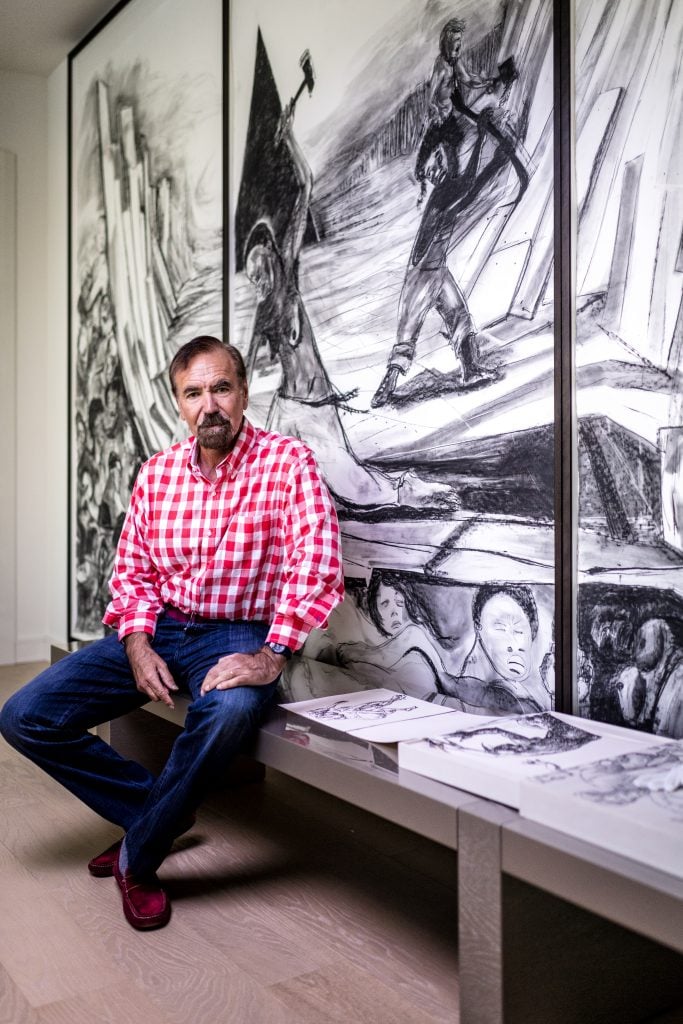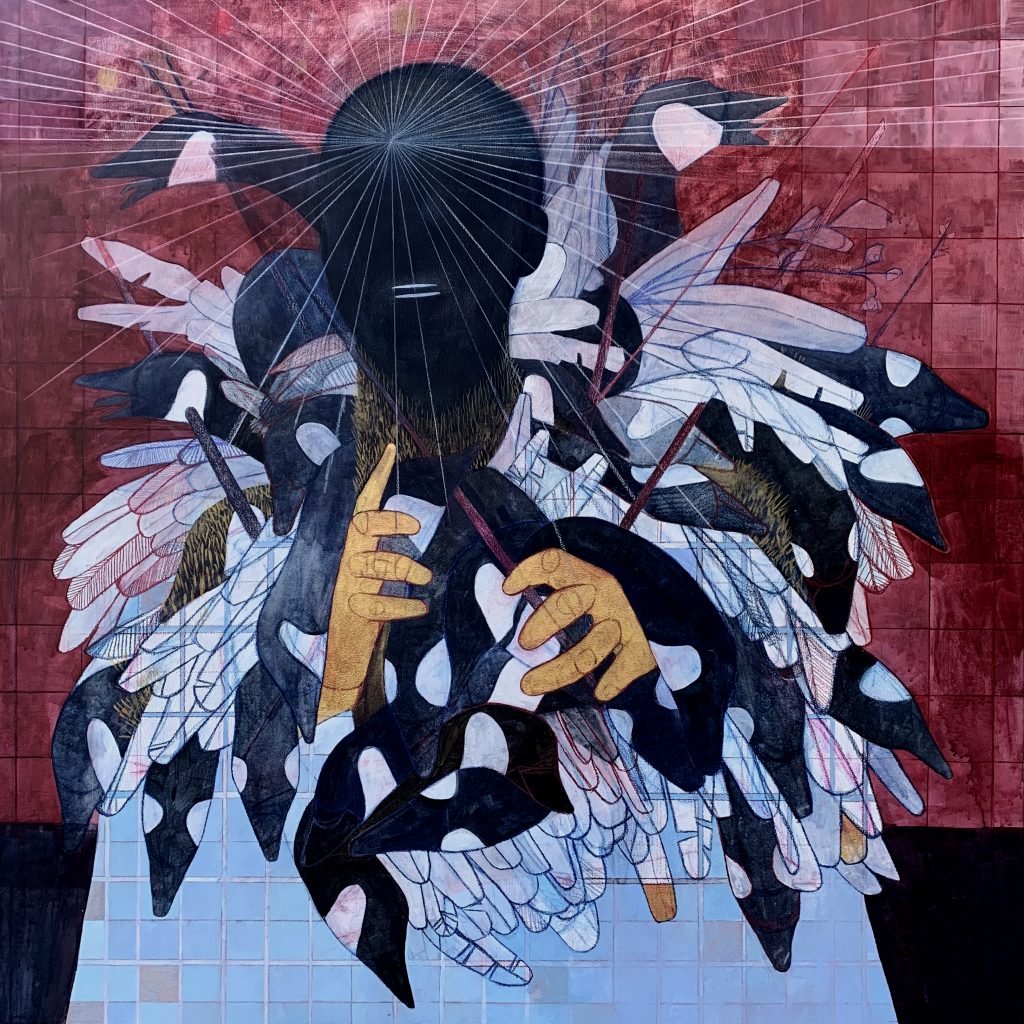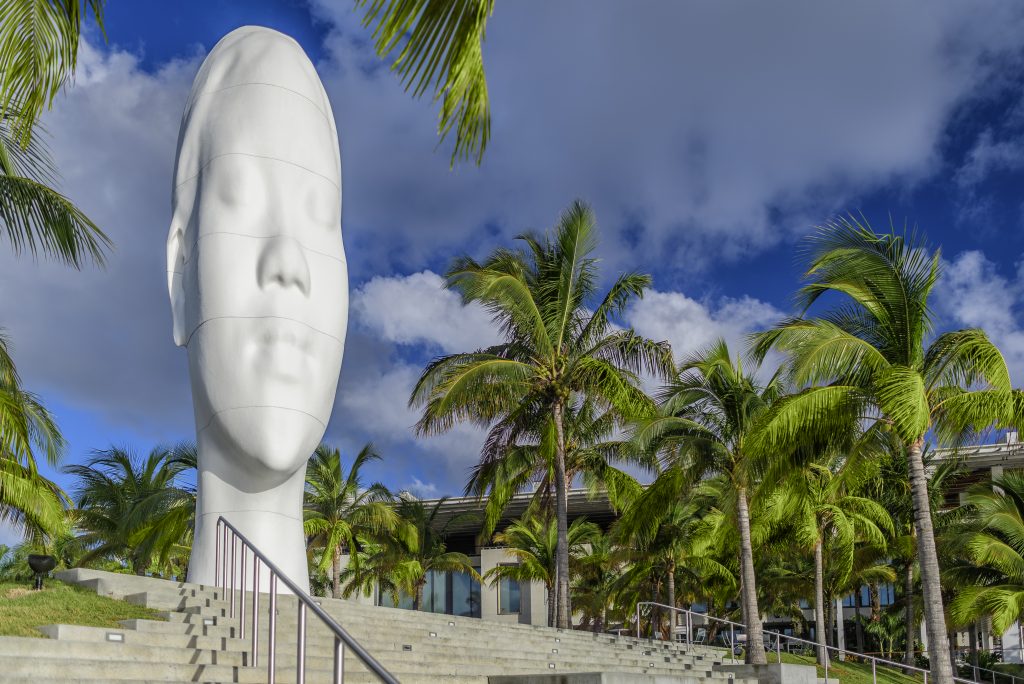People
What I Buy & Why: Real-Estate Mogul Jorge Pérez on Which Artists He’s Lucky to Have Bought Early and Why He Likes Very Big Art
The collector made his first art purchase with his winnings from dorm room poker back in college.

The collector made his first art purchase with his winnings from dorm room poker back in college.

Sarah Cascone

Jorge Pérez has used the proceeds of his lucrative real estate business to build a world-class art collection not once, but twice. He donated much of his holdings to the Pérez Art Museum Miami in 2011 (it was renamed in his honor), and then started building up his stores again.
Pérez spoke with Artnet News about his first-ever art purchase, branching out to African art, and trusting that he’ll always find a place for that impractically large installation. (It helps when you have your own private museum, Espacio 23, which opened in Miami’s Allapattah neighborhood back in December.)
What was your first purchase?
I bought my first pieces in 1970 while still attending university. I was a broke college student, but had a knack for dorm-room poker. As soon as I made my first winnings, the first thing I did was run out and buy a couple of lithographs by Joan Miró and Man Ray. I still have both pieces, with one hanging in my office to this day.
What was your most recent purchase?
Three of my most recent purchases are incredibly special to me; they are all very different but also relevant to the collection at the same time. One is a magnificent new work by Pamela Phatsimo Sunstrum, an artist born in Botswana. She actually studied in the US but is now based in Johannesburg. Another standout piece is a large painting from the 1970s by Friedel Dzubas. Lastly, a wonderful painting by the great Danish painter Per Kirkeby.

Pamela Phastimo Suntrum, Destroyer II (2020). Photo courtesy of Jorge Pérez.
Which works or artists are you hoping to add to your collection this year?
I don’t have specific pieces in mind, but I hope to continue to grow and develop certain aspects of the collection in the coming months. I’m particularly interested in finding a work by Lee Krasner.
As of late, I have been very focused on contemporary African and African Diaspora artists, as Southern Africa is a major focus of our collection. I am constantly looking and researching to learn more about artists in northern and eastern regions and as well as the diaspora, particularly in Latin America.
What is the most expensive work of art that you own?
There is something to be said for sentimental value which stems from the connection with the artwork or to the artists themselves, and then there is financial or monetary value. I don’t rank works according to their value in that sense of the word, but a few pieces by the American Abstract Expressionists would probably be the most “expensive.”

Barthelemy Toguo, Road to Exile at El Espacio 23. Photo courtesy of El Espacio 23.
Where do you buy art most frequently?
One of the reasons we collect contemporary art is because it allows us to create personal relationships with the artists themselves as well as galleries from around the world. It has enriched our lives in such a meaningful way, so we do purchase quite a bit from galleries (at art fairs and at various galleries throughout the year). We also purchase at auction—the major ones, but also lesser-known European houses—where we have found some great pieces, gems really.
Is there a work you regret purchasing?
Never. No regrets.
What work do you have hanging above your sofa? What about in your bedroom?
Oddly enough, all sofas at my home float in the middle of rooms, which gives me more wall space to hang artwork. The living room in our family home includes work by Alex Katz, Kenneth Noland, Julio Le Parc, John Chamberlain, Sol Lewitt, and Olga de Amaral.
In the bedroom, my wife, Darlene, has her choice on her side (Portrait of a Red Bird by Ann Craven and Black and Blues, a flower painting by Donald Sultan, among others). On mine, I have a small piece by Cuban artist and dear friend, Glenda Leon; a painting by Michael Goldberg; and another one by David Salle. I also have a work by Frida Orupabo, but that is being replaced soon because it will be in the upcoming exhibition at El Espacio 23.

Jaume Plensa, Awilda at the Pérez Art Museum Miami. Photo by Nick Garcia Photography.
What is the most impractical work of art you own?
I actually own a number of them; I’ve never been intimidated by size or scale of artwork. In fact, I’m often attracted by extremely large paintings and installations, like Barthélémy Toguo’s Road to Exile or Jonathas de Andrade’s Eu Mestiço/Me, Mestizo, or Jaume Plensa’s Awilda which is on view outside PAMM.
With these monumental pieces, I’ve found that everything finds its place eventually. Having the ability to install large-scale works like these at El Espacio 23 has been especially gratifying.
What work do you wish you had bought when you had the chance?
I’d rather dive into what works I’m happy to have bought when I had the chance! In that case, it would likely be a Deborah Roberts piece, which I got during her residency at the Fountainhead [in Miami]. This was right before she had her 2018 exhibition in the [Spelman College] Museum of Fine Art in Atlanta, and the rest was history. I am also very happy to have met and collected works by artists such as Zilia Sanchez and Teresa Burga, who are garnering more recognition later in their careers.
If you could steal one work of art without getting caught, what would it be?
Believe it or not, any one of Claude Monet’s “Water Lilies”!